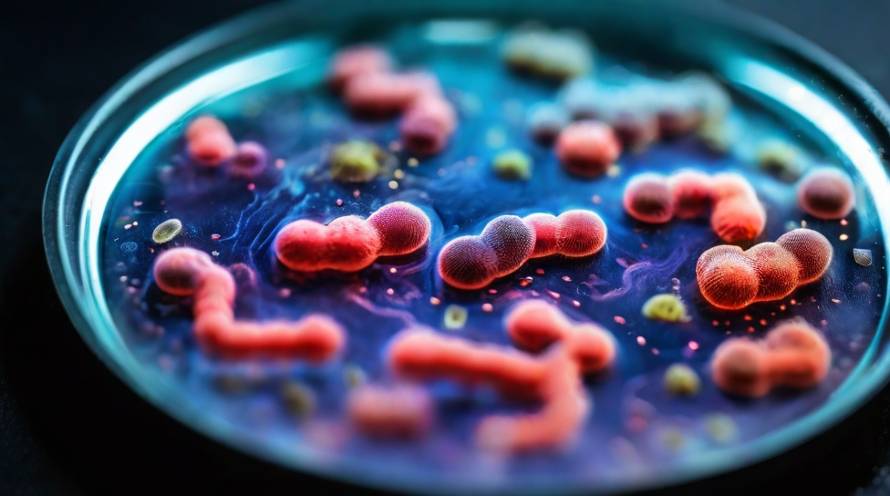Bacterial infections are becoming harder to treat, especially in hospitals and other healthcare settings. This is because many bacteria are becoming resistant to antibiotics. In 2017, there were over 30,000 cases of multi-drug resistant Pseudomonas aeruginosa infections among hospitalized patients in the United States. P. aeruginosa is a type of bacteria that can cause serious infections in the blood, lungs, and other parts of the body.
How Viruses Can Help Fight Bacteria
Scientists at Texas A&M AgriLife Research have found a new way to fight these dangerous bacteria. They are studying viruses called bacteriophages, or phages, that can infect and disarm bacteria. The researchers discovered that a phage called PP7 can attach to a part of the P. aeruginosa bacteria called the pilus. The pilus is like a spear that helps the bacteria move around and spread antibiotic resistance to other bacteria.
When the PP7 phage attaches to the pilus, the bacteria pulls the phage towards its surface. But in the process, the pilus bends and snaps off. Without the pilus, the P. aeruginosa bacteria becomes much less able to infect its host and spread antibiotic resistance.
“In our study of Pseudomonas, we were able to explain much more about what exactly is going on, including the force and speed of pilus detachment, and understand why and how this happens,” said Lanying Zeng, Ph.D., a professor in the Texas A&M College of Agriculture and Life Sciences Department of Biochemistry and Biophysics.
A New Approach to Treating Bacterial Infections
The researchers believe that this discovery could lead to new ways of treating bacterial infections. Instead of using phages to kill the bacteria directly, doctors could use them to disarm the bacteria by breaking off their pili. This could give the patient’s immune system a better chance to fight the infection on its own, or allow doctors to use lower doses of antibiotics.
“If you simply kill the bacteria, you break the cells, and they’re going to release toxic material from inside the cell into the host,” said Junjie Zhang, Ph.D., an associate professor in the Texas A&M College of Agriculture and Life Sciences Department of Biochemistry and Biophysics. “Our approach is to use a particular type of phage that disarms the bacteria. We remove their ability to exchange drug-resistance genes or to move around by breaking off this appendage.”
The team of scientists at the Texas A&M Center for Phage Technology is continuing to study how phages can be used to fight antibiotic-resistant bacteria. They are looking for similar instances of phages dampening the virulence of other types of pathogenic bacteria.
“We’re taking a synergistic approach,” Zhang said. “We’re trying to understand a universal mechanism for this type of phage and how they’re capable of affecting other types of bacteria. That’s the overall aim of our collaborative effort: to try to tackle the problem of multi-drug resistant bacteria.”

